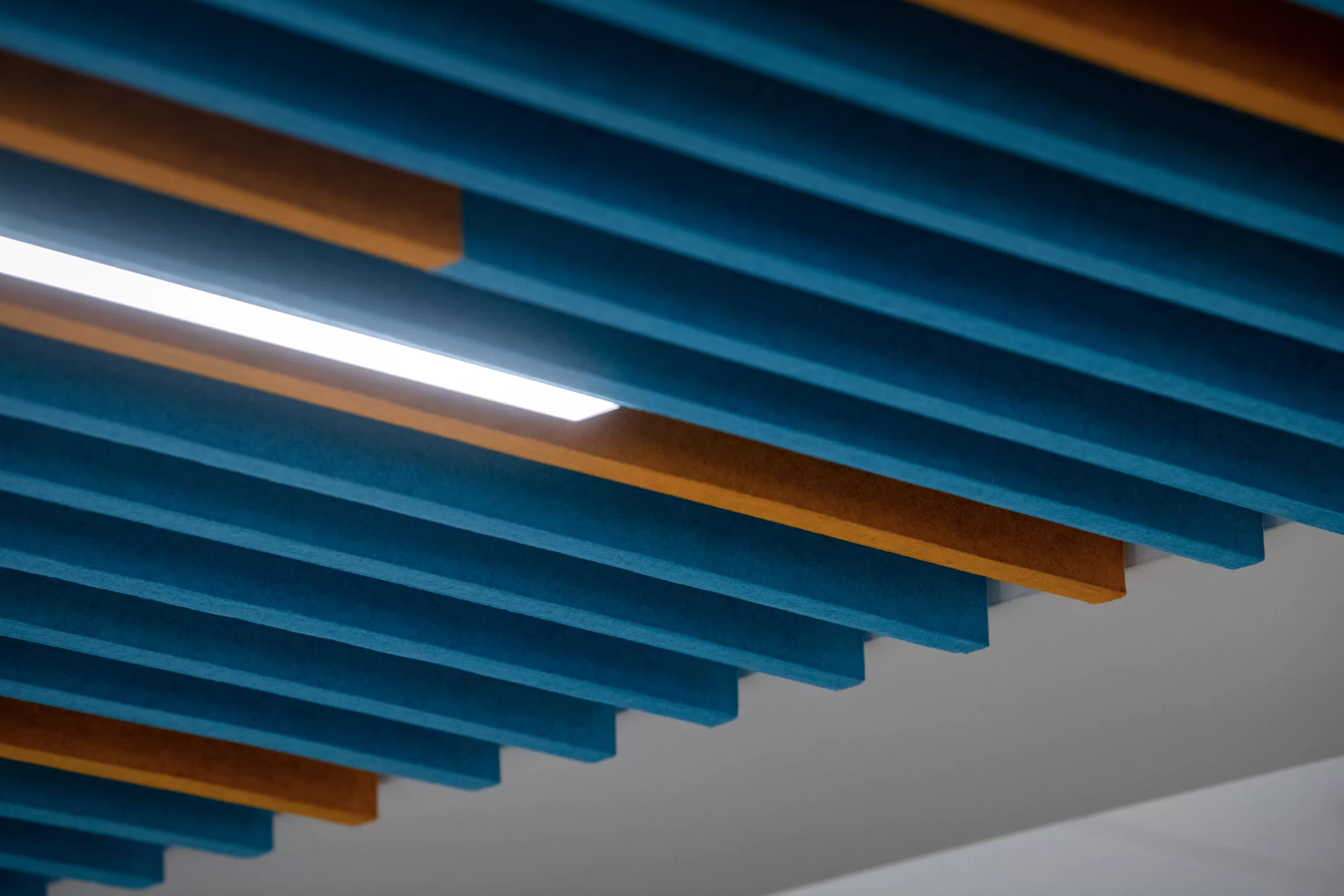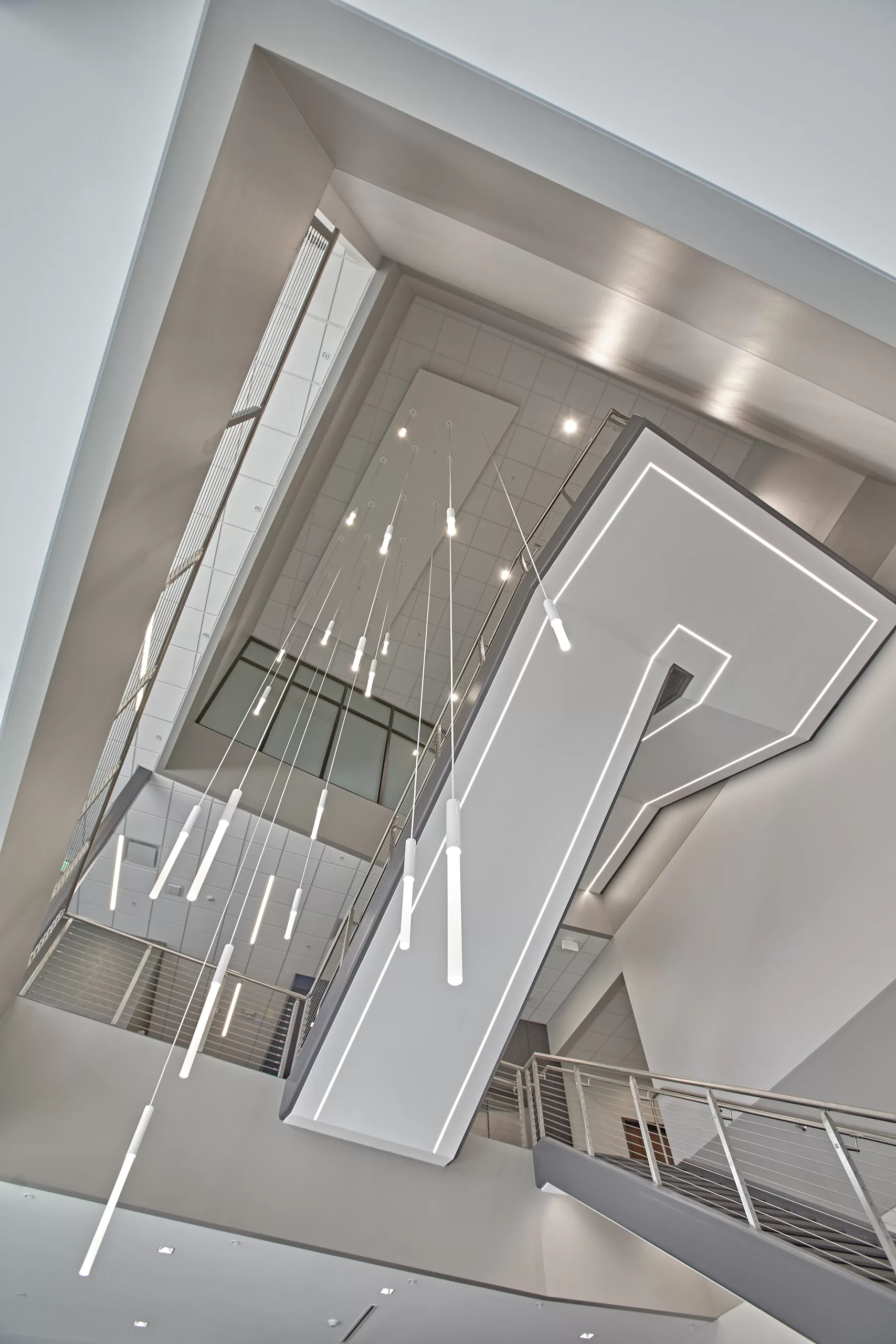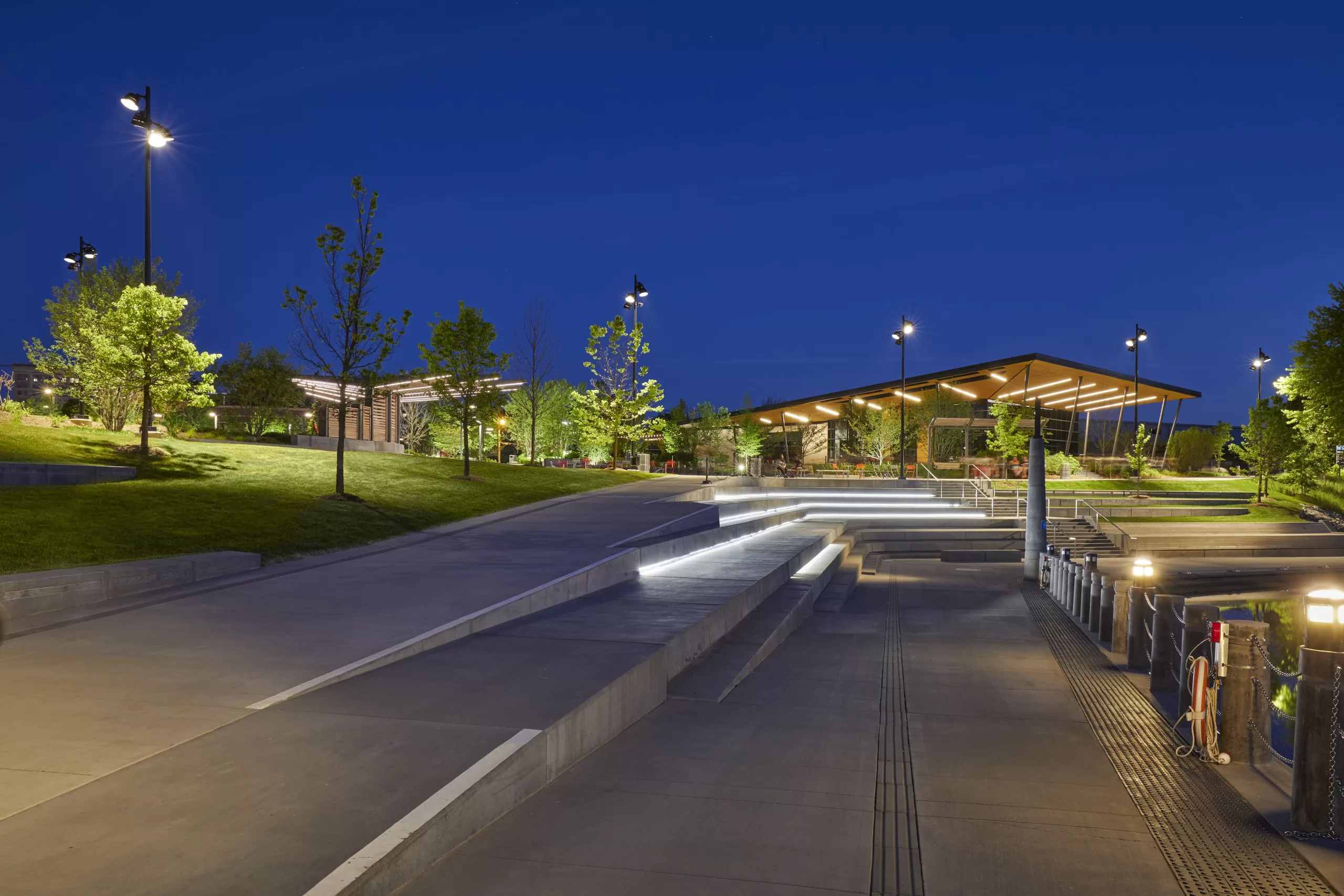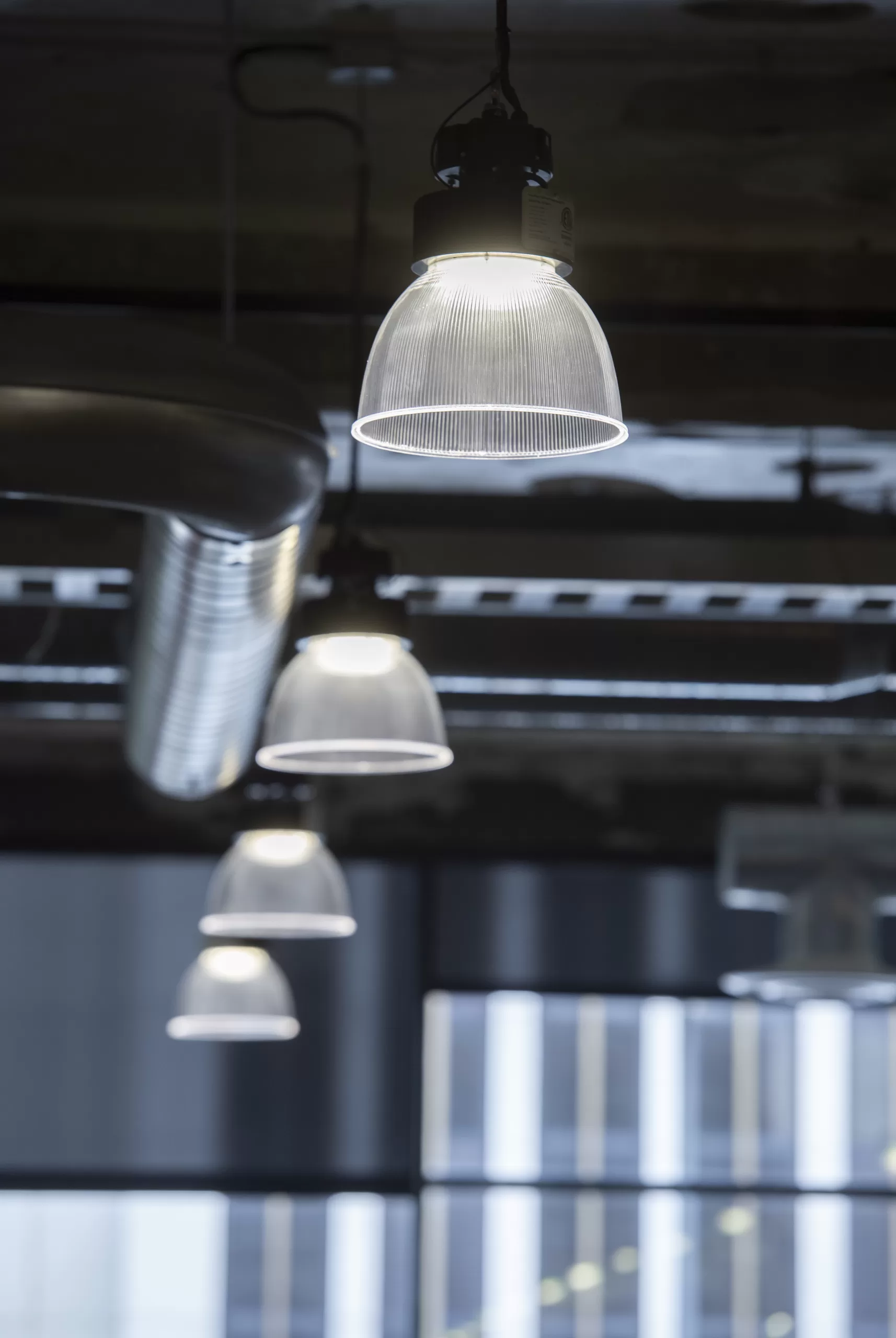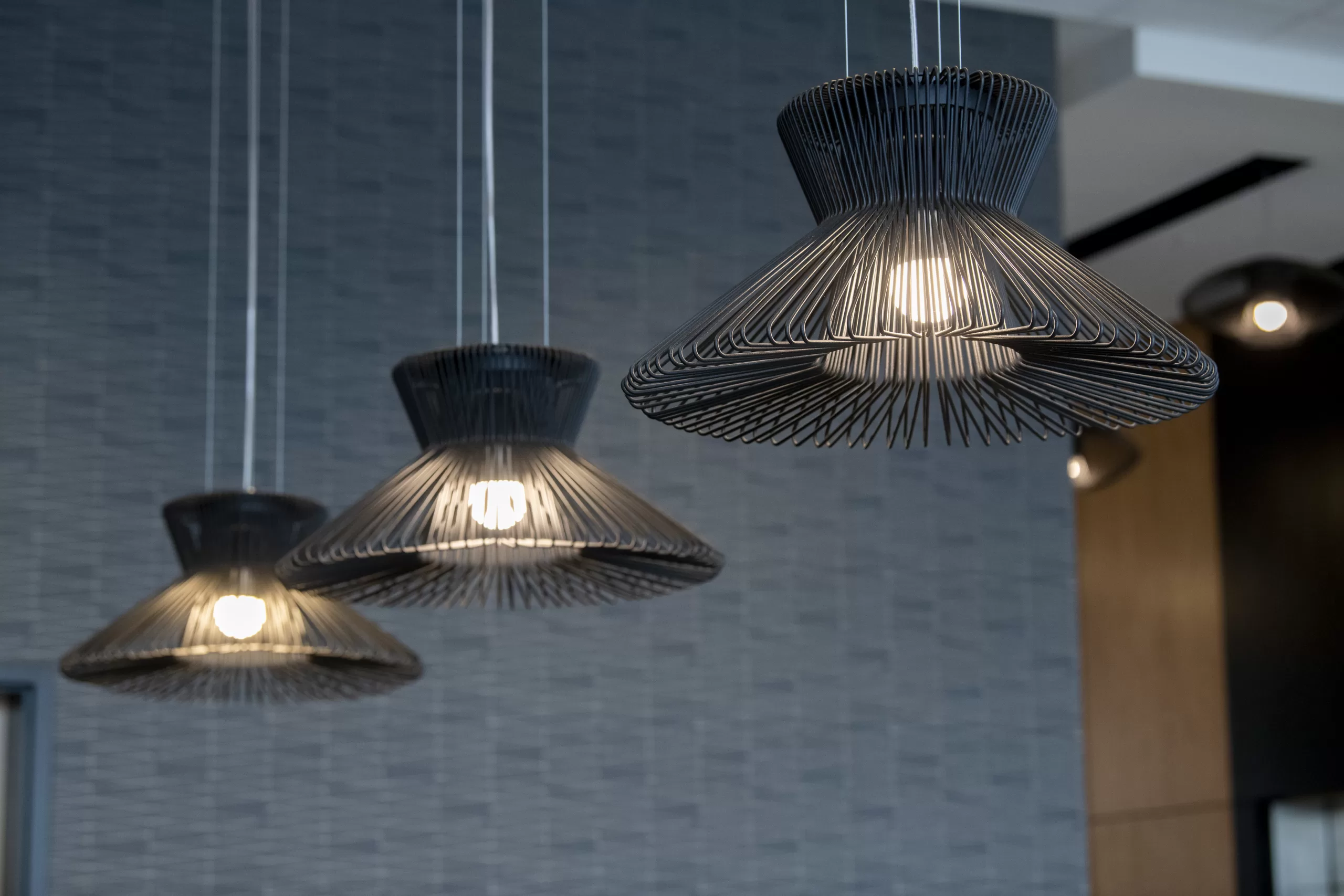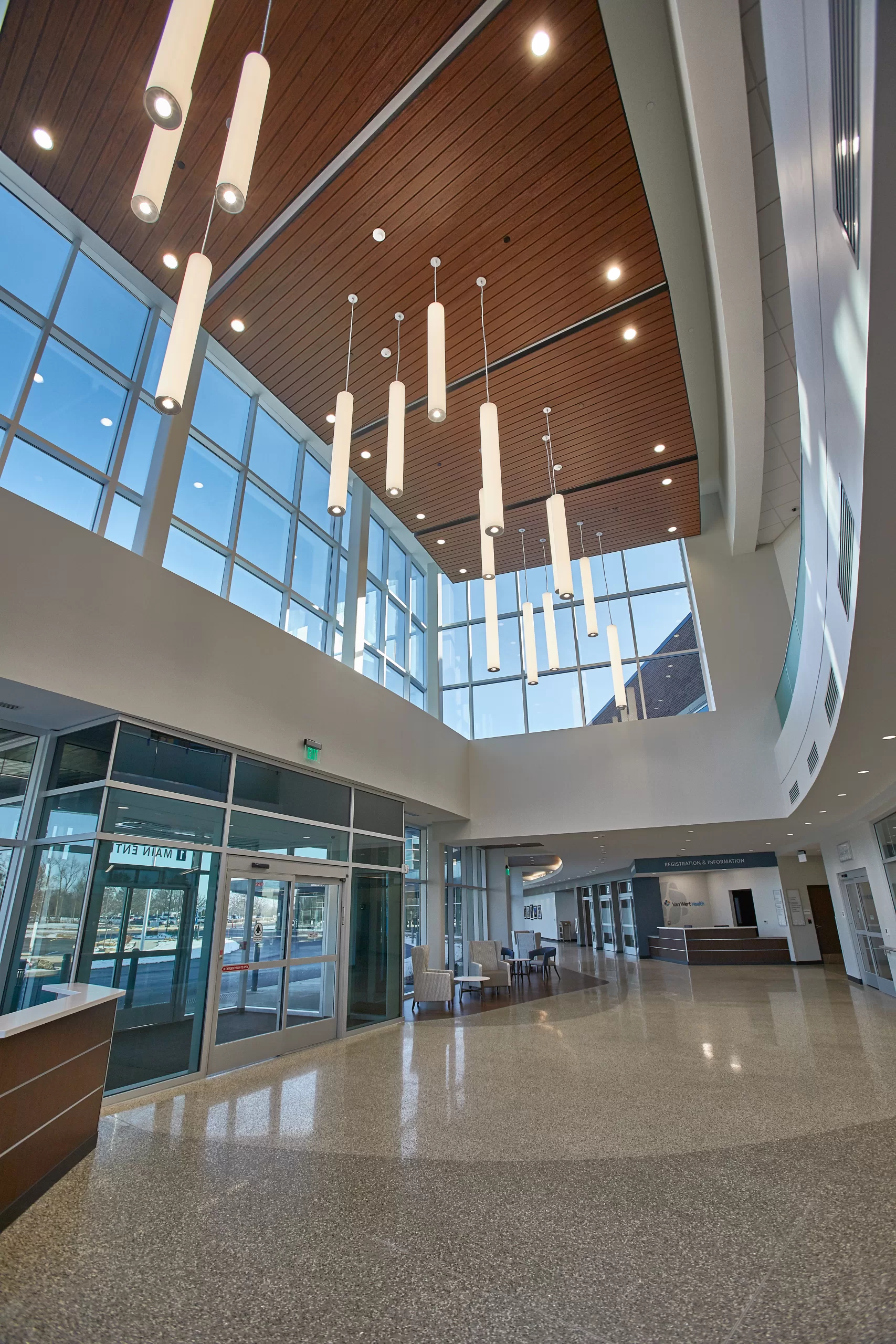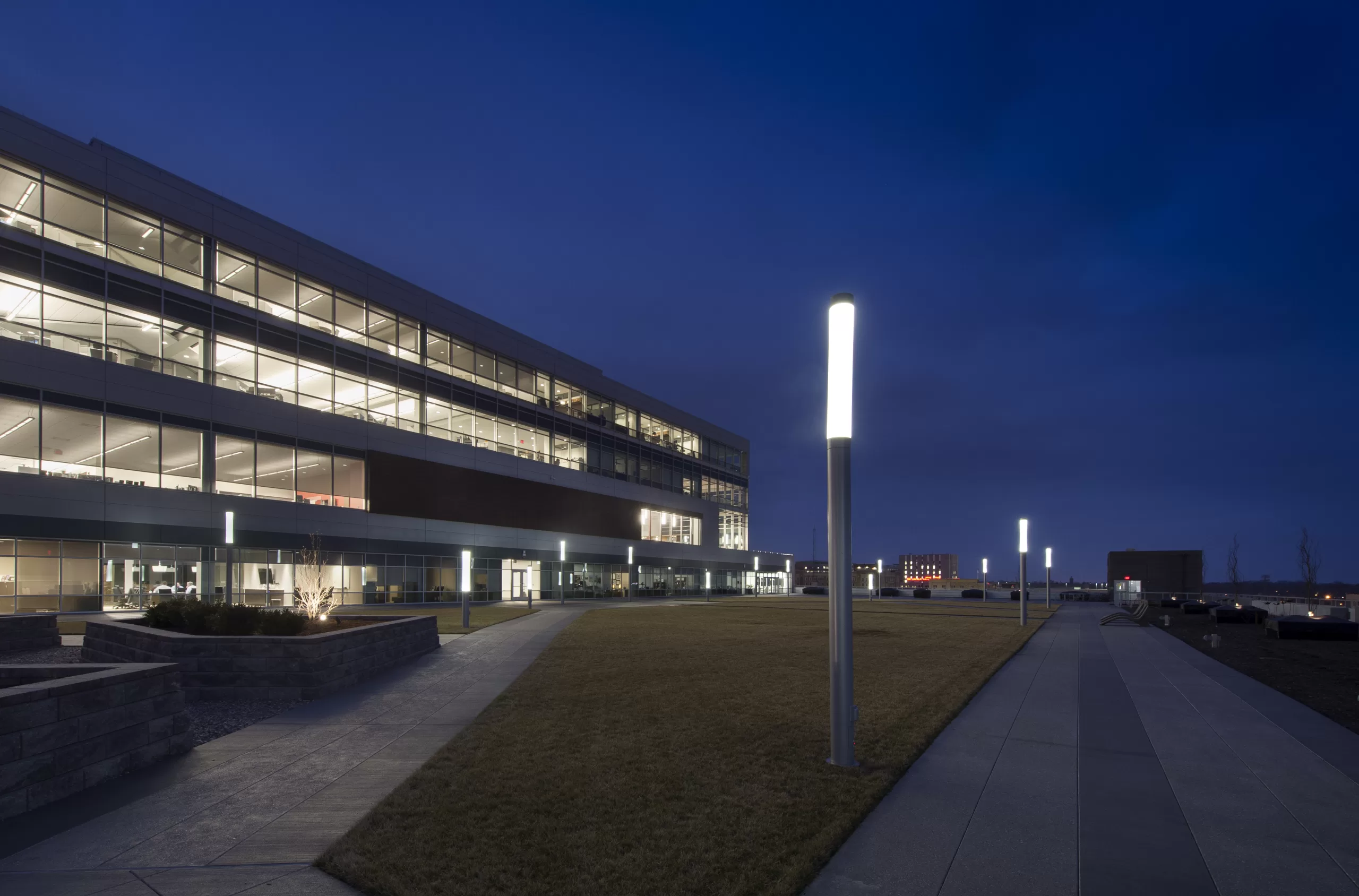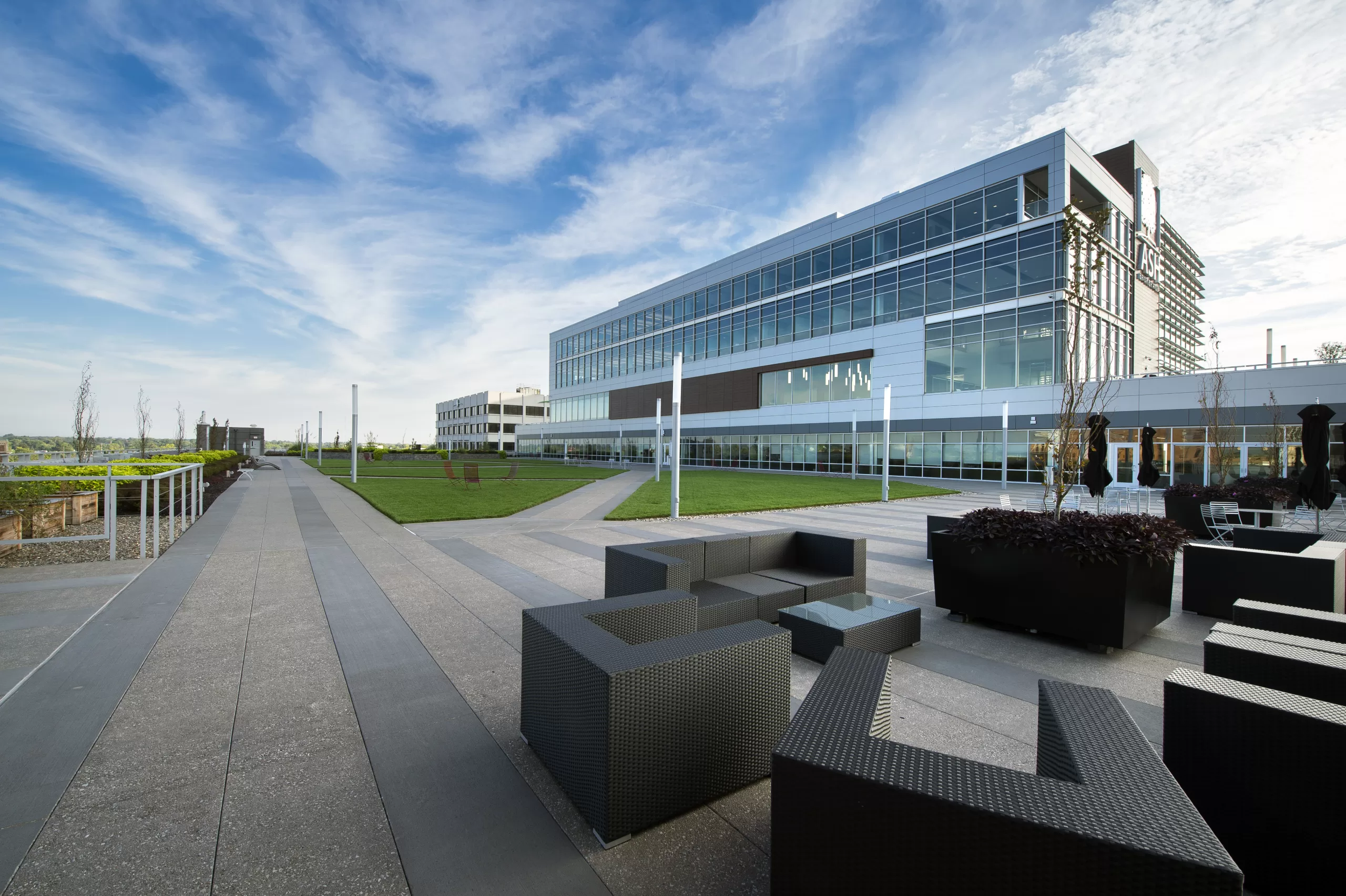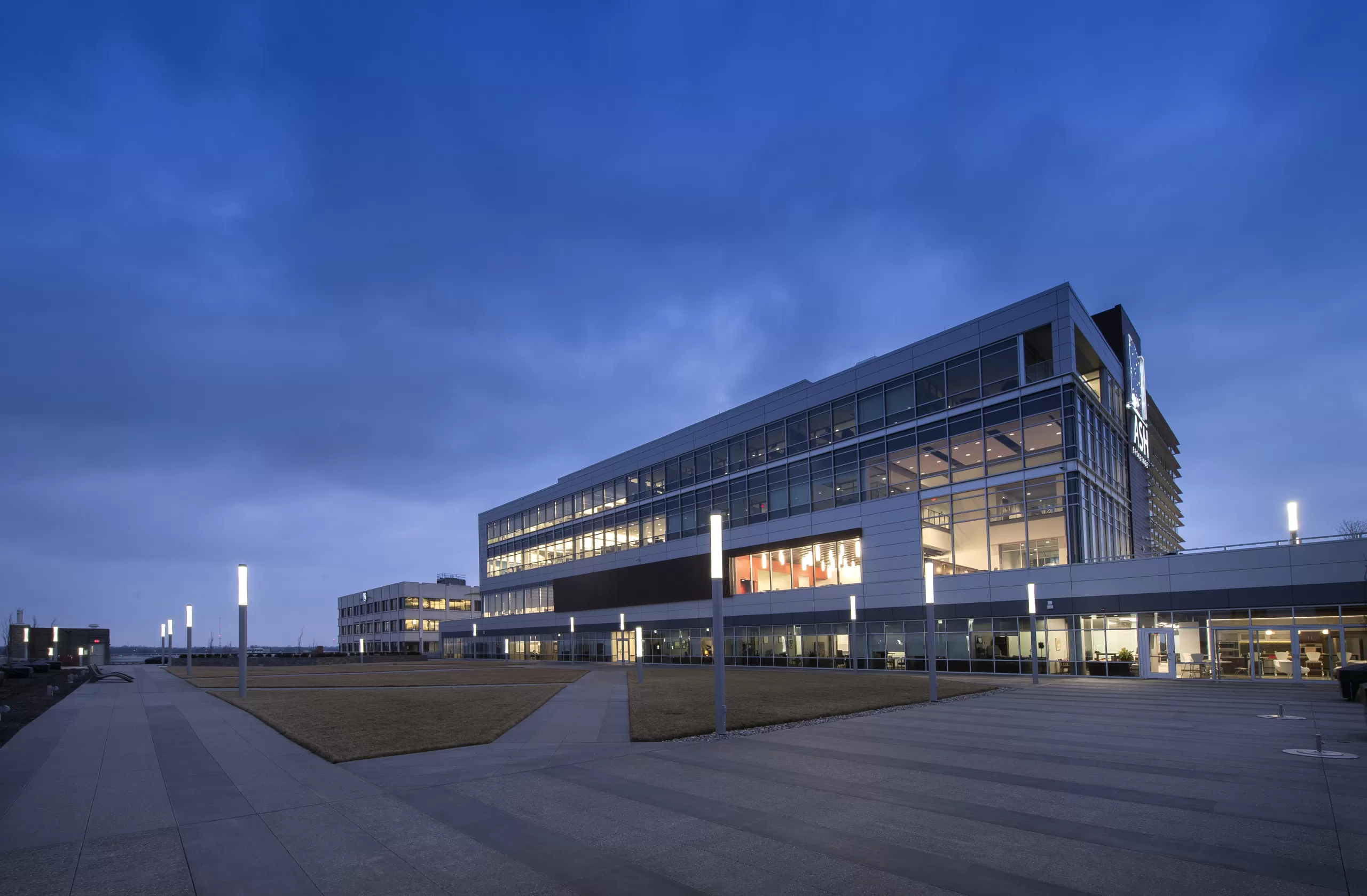Illuminating Your Path to Energy Efficiency
By Kelsey Rowe, PE, CLD
September 5, 2023Post Tagged in
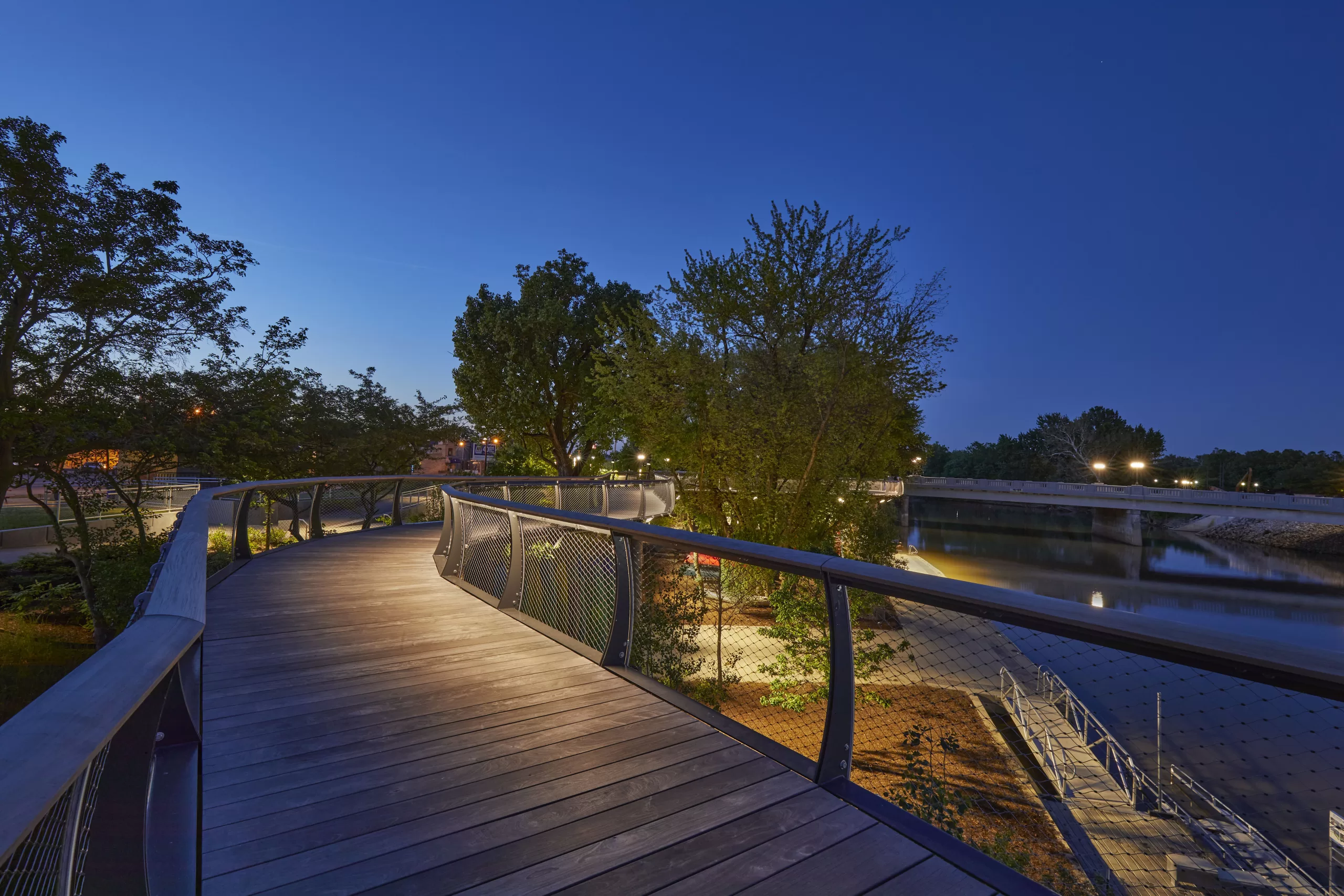
|
It’s a beautiful summer evening. You and your friend are taking a stroll around a park in your town and before you know it, the sun has set. Suddenly you realize there is very little lighting above the sidewalk you are walking on, you are unable to read signage for directions, and the few lights that are in place only light up a small portion of the direct sidewalk under them. How are you supposed to safely get back to your car? |

